Name Peter Peri | ||
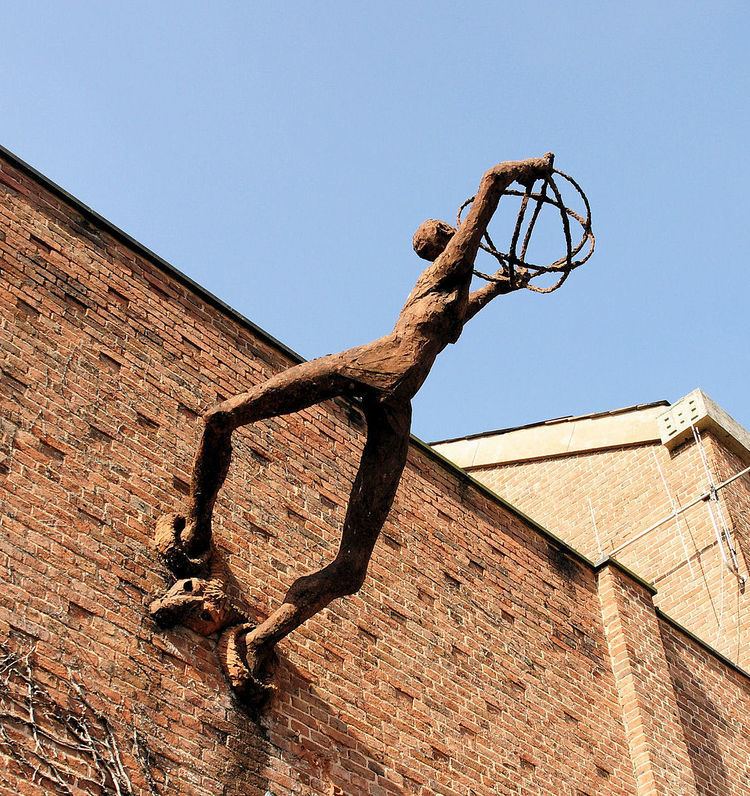 | ||
Died January 19, 1967, London, United Kingdom | ||
Peter Laszlo Peri (June 13, 1899 – January 19, 1967) was an artist and sculptor.
Contents
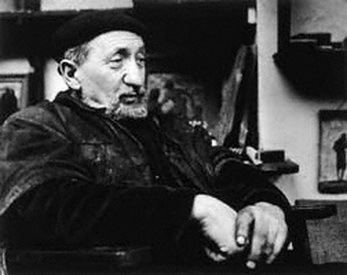
Name changes
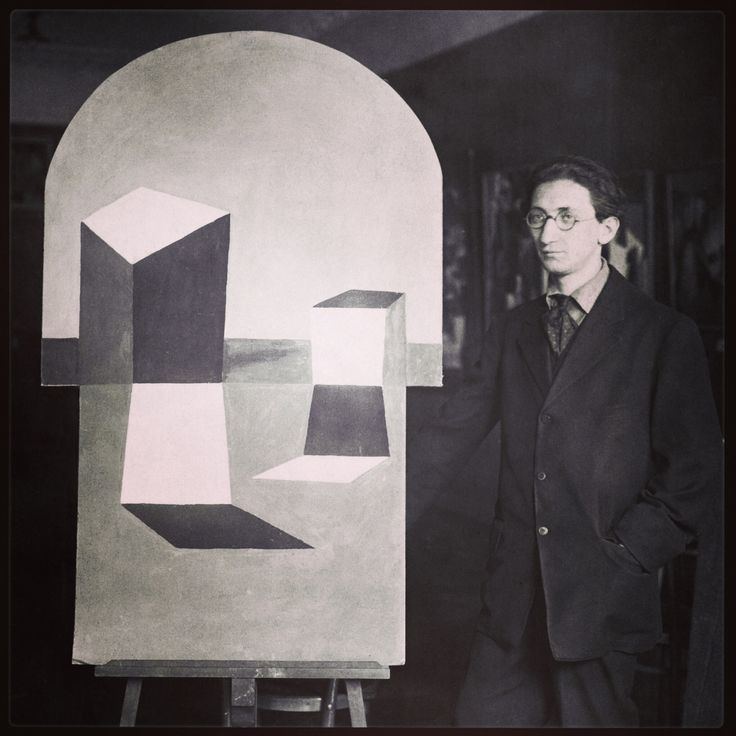
Ladislas Weisz was born June 13, 1899 in Budapest, Hungary. Antisemitism forced his family to change their name to the more Hungarian "Péri". When he moved to Germany, he was known as Laszlo Péri. After he moved to England, he adopted the name "Peter Peri". His grandson, an artist born in 1971, also has the name Peter Peri.
Career

Born in 1899, in Budapest into a large, proletarian Jewish family Peri became politicised at an early age. In 1919, he finished an apprenticeship as a bricklayer, and became a student at the workshops for proletariat fine arts in 1919. He was in contact withLajos Kassák and the Activists. In 1917, he began his career as an actor at the MA Theater School, studying with János Mácsza. As part of a theatre company he went to Prague where he heard about the fall of the Republic of Councils. He studied architecture in 1919–20 in Budapest and Berlin. He lived for a short time in Paris in 1920, in the house of a socialist baker, before being forced to leave the country due to his political activities.
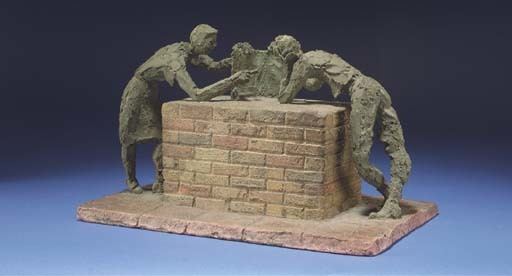
Peri moved to Vienna, then on to Berlin in 1921, where he created his first abstract geometric reliefs. In February 1922, he had a show with Moholy-Nagy at Der Sturm Gallery, Berlin. In 1923, his portfolio containing twelve linocuts was published by Der Sturm Verlag. His contributions to constructivism at the time were to challenge the surface of the wall by producing irregularly shaped wall reliefs and to open up new planes; namely the discovery of concrete as a potential sculptural medium, colouring it if necessary, and the appreciation of the hard contour as a visual device, as seen in his collages and linoprints. These could be used to create a visual medium hovering between the relief and architecture; whereas Moholy-Nagy's Glasarchitektur achieved this using paint and canvas, Péri used less conventional media.

At the Grosse Berliner Kunstausstellung in May 1923, he showed his three-piece 7 m (23 ft)x17 m (56 ft) composition which, while it may also have been executed in paint on wood, had pretensions to be executed in concrete. Peri, joined the German Communist Party (KPD) in 1923. His 1924, constructivist design for a Lenin tribute for the German art exhibition in Moscow, marked the end of his investigations into the non-objective.
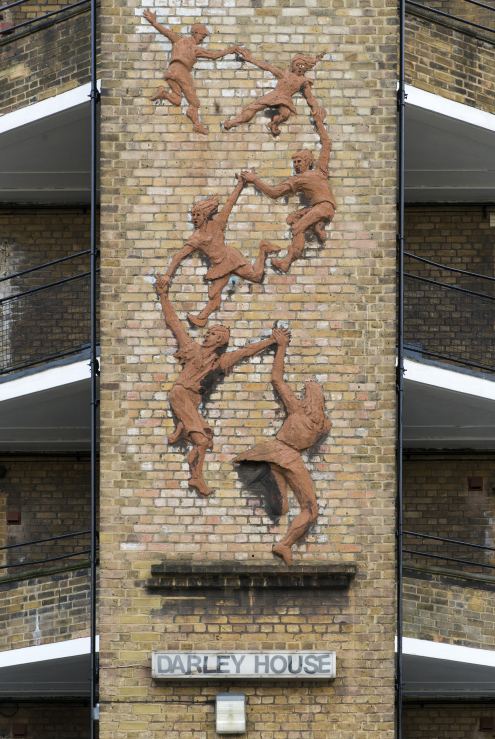
That same year Peri began to work for the Berlin municipal architectural office and was there from 1924 to 1928. Probably motivated by a vision to put his productivist values into action, but frustrated he quit the job in 1928. In 1928, he signed the manifesto and statutes of the Association of Revolutionary Visual Artists of Germany (Assoziation Revolutionärer Bildener Künstler Deutschlands) (ARBKD) (ASSO) which, like other new and militant Communist art organisations, called for a reinvigoration of the idea of "proletarian culture" and suitably positive images of working-class life and culture. He was also a mMember of Die Abstrakten (The Abstracts) and Rote Gruppe (Red Group). In 1929, he returned to representational painting and sculpture.
Peri immigrated to England in 1933, after his wife was arrested in possession of Communist propaganda. In 1934, Peri contributed "several forceful works in coloured concrete" to the AIA (Artists’ International Association) exhibition The Social Scene. He made contact with John Heartfield. In England, he lived first in Ladbroke Grove, then in Hampstead; in 1938, he moved to a studio in Camden Town where he worked until 1966. While in Hampstead, Peri joined the recently founded English section of the Artists International (later to be known as Artists International Association), an association composed largely of commercial artists and designers whose declared intention was to mobilise "the international unity of artists against Imperialist War on the Soviet Union, Fascism and Colonial oppression". In July 1938, he had a solo exhibition London Life in Concrete in an empty building at 36 Soho Square. In 1939, he became a British citizen and took the name "Peter Peri". In November 1948, he held a solo show Peri's People at the AIA Gallery. Late in the 1940s he did a series of commissions for the London County Council. In 1951, Peri produced a sculptural group The Sunbathers for the Festival of Britain. Commissions from Stuart Mason, Director of Education for Leicestershire included Two Children Calling A Dog, Scraptoft, c. 1956; Atom Boy, and Birstall, 1960.
When the Herbert Art Gallery & Museum opened in 1960, Peri was commissioned to "represent the life and activities [of Coventry] in modern terms and materials"; the work is known simply as The Coventry Sculpture
Peri joined the Quaker faith and produced a small bronze sculpture of a Quaker Meeting, much loved by the students of Woodbrooke Study Centre, Birmingham, where it is now located.
Peter Peri died January 19, 1967.
